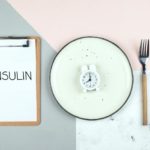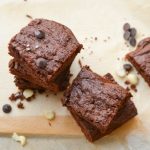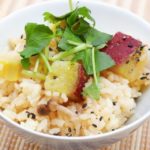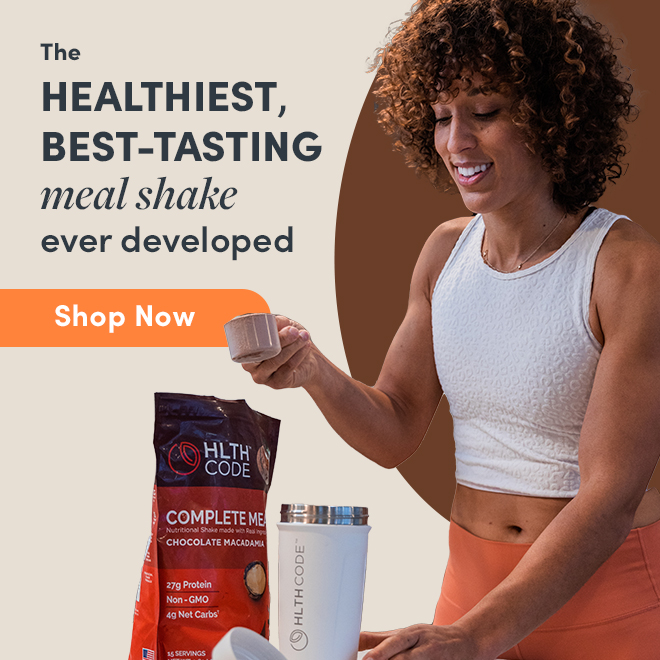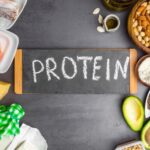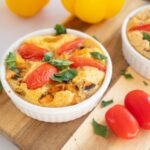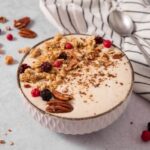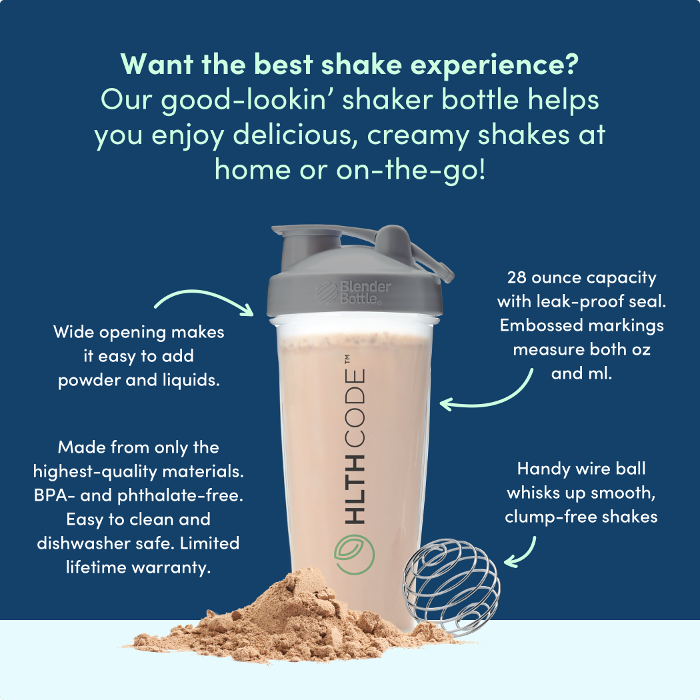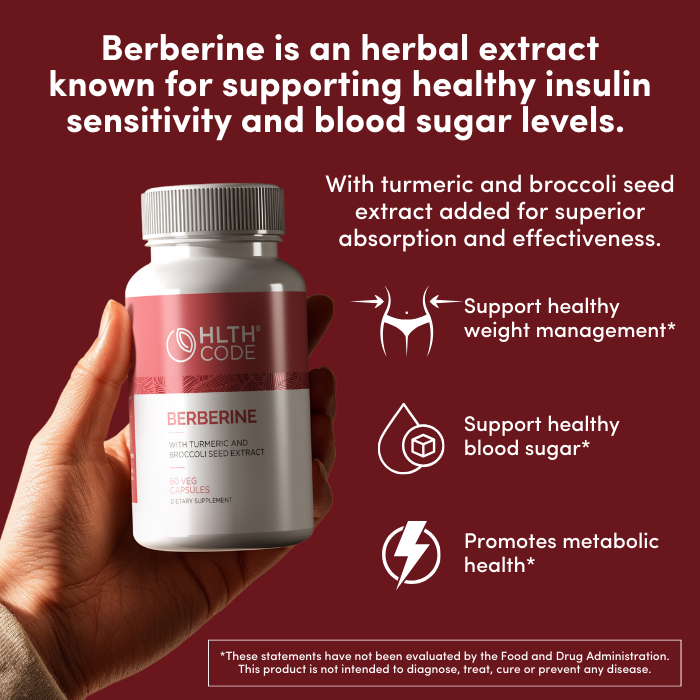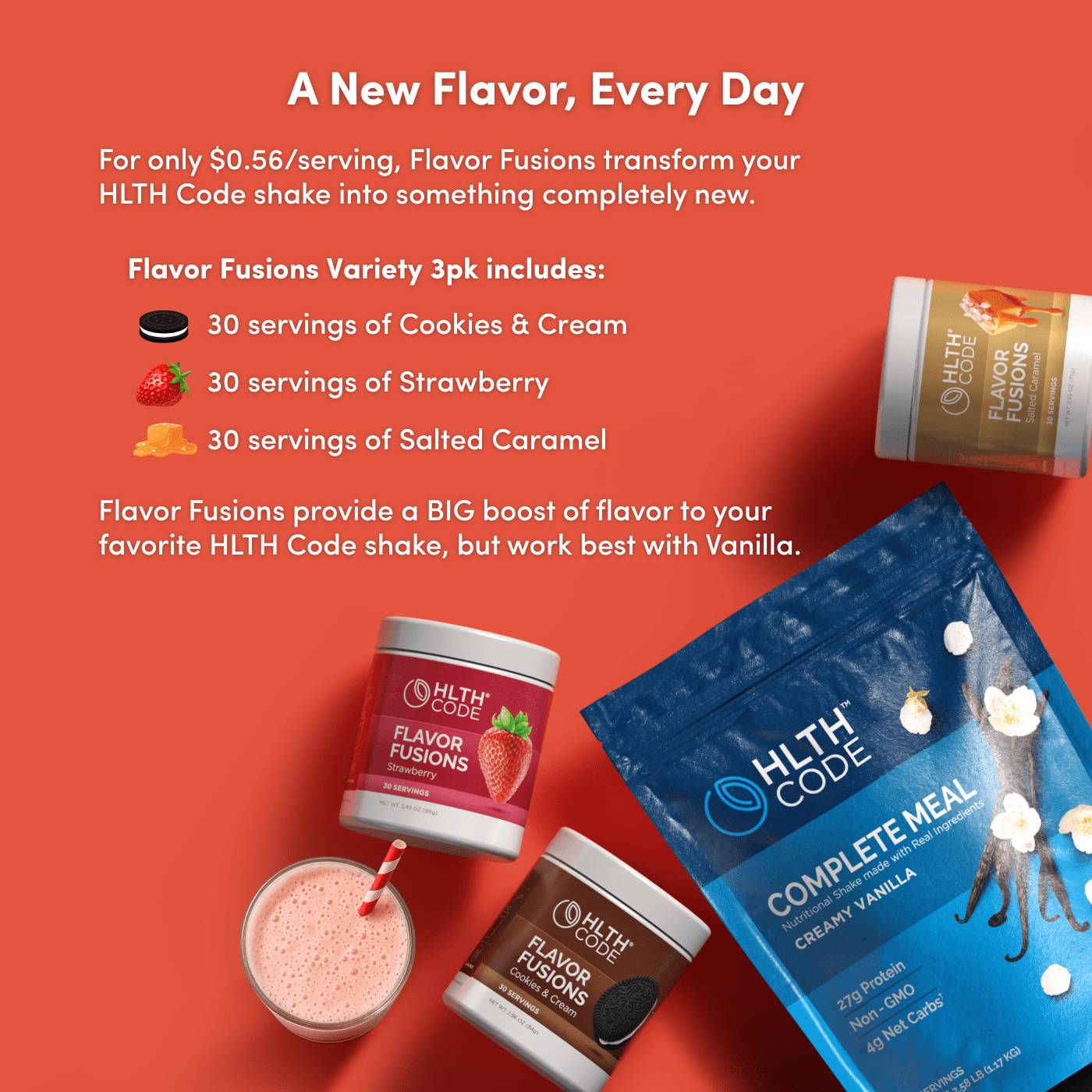Addressing Inflammation

The Inside of Your Body is on Fire! And that’s not good…
Inflammation. We often hear this word tossed around in advertisements, by clinicians, educators, and researchers, but what exactly is inflammation? Why do so many people seem to care about it? Should you be concerned about it? Some of the answers may surprise you.
Inflammation is an umbrella term used to describe a complex reaction of the immune system. It is part of our body’s natural defense process in response to damage, infection, or foreign objects. Short-term inflammation can be good! Inflammation brings extra blood flow, nutrients, and immune responders to specific areas of the body to help it repair injury, restore normal function and remove infection. This type of inflammation is localized, short-term (acute), and appropriate. If, however, inflammation becomes long-term (chronic) and more widespread (systemic), that’s when we start to have issues.
This low-grade systemic inflammation has been linked to disorders in almost every physiological system within the body. For example, the cardiovascular system is more susceptible to atherosclerosis and heart failure1 when constantly bombarded with inflammation; the skeletal system is more prone to arthritis and osteoporosis,2 the lungs can react with asthma or chronic obstructive pulmonary disease (COPD),3 the neurological system is left vulnerable to diseases such as Alzheimer’s and Parkinson’s,4 the endocrine system can develop insulin resistance and metabolic syndrome,5 and even the skin manifests inflammation as acne and rashes.6 So, it’s clear that most systems in the body react negatively to chronic inflammation. Now for the million-dollar question, “Where does this inflammation come from and how can I avoid it?”
Remember, inflammation is the body’s reaction to damage, infection, or foreign objects. You may be surprised to know that you intentionally expose your body to large amounts of foreign objects several times each day! How? In the form of food. Yes, food! The substance of life. The fuel that keeps you going. Every time we eat, our bodies experience metabolic mayhem as the body works to process and digest our food.7 Unfortunately, because of modern eating patterns, most of us spend 16+ hours per day in a “fed” state. Inflammatory markers in the blood spike every time we eat, so by constantly being fed, our bodies end up being in a state of chronic systemic low-grade inflammation, which you now know can lead to all sorts of problems.8
We all have to eat in order to survive, so how can this source of inflammation be avoided? The answer: eat less frequently, an eating pattern broadly referred to as fasting. There are all sorts of fasting strategies and everyone will tell you that theirs is the best, but the best fasting regimen is the one you will actually stick with. There is no research that outlines the perfect fasting routine, but research does show that a high meal frequency (> 6 meals/day) can lead to many of the ailments we’ve mentioned compared to a low meal frequency (1–2 meals/day).9 Regularly fasting gives your body and its complex systems a chance to rest. It allows pathways that cause inflammation to shut down for a while so that when they are needed, they can respond appropriately. In fact, markers of inflammation see drastic decreases in the absence of food.10
Of course, not all food throws fuel on the fire of inflammation. Dietary fat is a good example. Certain dietary fats are essential to humans—we must eat them to thrive. However, some fats cause inflammation in the body, while others actually fight it. Unfortunately, the most common fat people eat nowadays is soybean oil and it happens to be the most inflammatory—eating it will increase your body’s inflammation 11,12. Other natural fats, like coconut oil and olive oil are much better choices in this regard, lowering, rather than stimulating, inflammation 11,13.
Another weapon that can be used in the battle against inflammation is exercise. I know that everyone beats this drum, but it’s true. Regular physical activity has so many benefits, and the positive effects on inflammation are no exception. Exercise actually causes damage to contracting skeletal muscles and triggers an inflammatory response, but this response is short-lived, localized, and works to repair muscles and make them stronger. Despite this uptick in inflammation, the resounding message of studies establish a clear relationship between regular physical activity and decreased inflammatory markers including C-reactive protein, IL-6, and TNF-α.14,15
The concepts of fasting and exercise are not new to anyone, and they both seem to be popular topics in discussions of health. Some of the health benefits from fasting and/or exercise are not well understood, but their ability to reduce inflammation and prevent (or even reverse) some of the most prevalent diseases and ailments in our society cannot be refuted. It doesn’t take much to reap the rewards of reduced inflammation. Find a pattern for regular fasting and regular exercise that work for you. You don’t have to climb Mount Kilimanjaro, and you don’t have to starve yourself, but a sustainable plan and a little self-discipline will give your body the well-deserved respite it needs to function properly—making a happier, healthier you.
References
1. Bozzetto L, Annuzzi G, Ragucci M, et al. Insulin resistance, postprandial GLP-1 and adaptive immunity are the main predictors of NAFLD in a homogeneous population at high cardiovascular risk. Nutr Metab Cardiovas. 2016;26(7):623-629.
2. Beavers KM, Brinkley TE, Nicklas BJ. Effect of exercise training on chronic inflammation. Clin Chim Acta. 2010;411(11-12):785-793.
3. Johnson JB, Summer W, Cutler RG, et al. Alternate day calorie restriction improves clinical findings and reduces markers of oxidative stress and inflammation in overweight adults with moderate asthma. Free Radic Biol Med. 2007;42(5):665-674.
4. Mattson MP. Energy intake and exercise as determinants of brain health and vulnerability to injury and disease. Cell Metab. 2012;16(6):706-722.
5. Harvie M, Wright C, Pegington M, et al. The effect of intermittent energy and carbohydrate restriction v. daily energy restriction on weight loss and metabolic disease risk markers in overweight women. Brit J Nutr. 2013;110(8):1534-1547.
6. Tsai TY, Chao YC, Chou WT, Huang YC. Insulin resistance and insulin-like growth factor-1 level in patients with acne: A systematic review and meta-analysis. Dermatol Sin. 2020;38(2):123-124.
7. Dror E, Dalmas E, Meier DT, et al. Postprandial macrophage-derived IL-1beta stimulates insulin, and both synergistically promote glucose disposal and inflammation. Nat Immunol. 2017;18(3):283-292.
8. Meessen ECE, Warmbrunn MV, Nieuwdorp M, Soeters MR. Human Postprandial Nutrient Metabolism and Low-Grade Inflammation: A Narrative Review. Nutrients. 2019;11(12).
9. Paoli A, Tinsley G, Bianco A, Moro T. The Influence of Meal Frequency and Timing on Health in Humans: The Role of Fasting. Nutrients. 2019;11(4).
10. Longo VD, Mattson MP. Fasting: molecular mechanisms and clinical applications. Cell Metab. 2014;19(2):181-192.
11. Siqueira J, Smiley D, Newton C, et al. Substitution of standard soybean oil with olive oil-based lipid emulsion in parenteral nutrition: comparison of vascular, metabolic, and inflammatory effects. The Journal of clinical endocrinology and metabolism. 2011;96(10):3207-3216.
12. Blasbalg TL, Hibbeln JR, Ramsden CE, Majchrzak SF, Rawlings RR. Changes in consumption of omega-3 and omega-6 fatty acids in the United States during the 20th century. The American journal of clinical nutrition. 2011;93(5):950-962.
13. Intahphuak S, Khonsung P, Panthong A. Anti-inflammatory, analgesic, and antipyretic activities of virgin coconut oil. Pharm Biol. 2010;48(2):151-157.
14. Sallam N, Laher I. Exercise Modulates Oxidative Stress and Inflammation in Aging and Cardiovascular Diseases. Oxid Med Cell Longev. 2016;2016:7239639.
15. Zaldivar F, Wang-Rodriguez J, Nemet D, et al. Constitutive pro- and anti-inflammatory cytokine and growth factor response to exercise in leukocytes. J Appl Physiol (1985). 2006;100(4):1124-1133.
This article is for informational and educational purposes only. It is not, nor is it intended to be substitute for professional medical advice, diagnosis, or treatment and should never be relied upon for specific medical advice.



